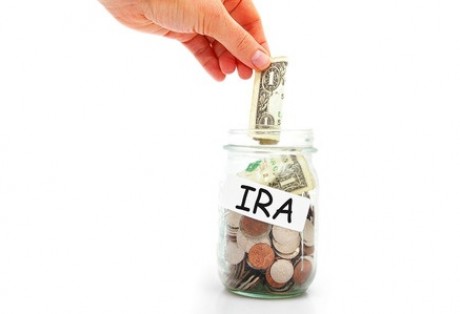If you are a sole proprietor and are looking for potential tax breaks on your 2014 tax return (due October 15th if on extension), you may want to consider establishing and contributing to a Simplified Employee Pension plan (SEP). Some traditional benefits of a large employer, such as an employee health plan or stock option plan may not be available for you. However, as a sole proprietor, you may still have a pension plan and this plan could produce great tax benefits for you.
The Simplified Employee Pension Plan
SEPs function as an IRA based plan, where employers (if you’re a sole proprietor, this means you) can make tax deductible contributions to the plan. Some financial institutions will allow the employer to make the contributions directly into a traditional IRA, while others require that the IRA be labeled as a SEP IRA.
Though incorporated companies may also contribute to a SEP IRA, they also have many other options. For a sole proprietor, the SEP IRA is the only option to make formal pension contributions.
Creating an SEP
First, set up the traditional or SEP IRA through your bank, insurance company, or brokerage firm. Then you can fill out a special form from the IRS called, IRS Form 5305 SEP Simplified Employee Pension–Individual Retirement Accounts Contribution Agreement.
Contributions
For the 2014 tax year, you may contribute $52,000 or 25% of net earnings from self-employment whichever ends up being less. SEPs are fairly flexible in that you can contribute as little or as much as you want up to the earnings cap, and contributions are not required to be made each year.
Withdrawal Rules
The withdrawal rules for a SEP IRA are similar to a traditional IRA. You may begin receiving distributions on April 1st after you turn 70 ½. Just like an IRA, you are subject to tax penalties if you withdraw early. You are not permitted to use a SEP IRA as collateral.
Tax Deductions
SEP contribution tax deductions can be complex to calculate, and we recommend discussing with a professional to determine the proper rate tables and worksheets to take into account self-employment tax and other important details.
Deadlines
Sole proprietors can establish and contribute to an SEP plan and deduct on their 2014 tax return if executed before the extended filing deadline of October 15th.
Interested in Setting Up and SEP?
Want to know more about SEPs? If you are a sole proprietor, there’s still time before deadline. PDM’s tax experts can help advise you on the best course of action. Contact us; with our years of technical experience, advanced training, and cutting edge technology, we are your financial partner.
